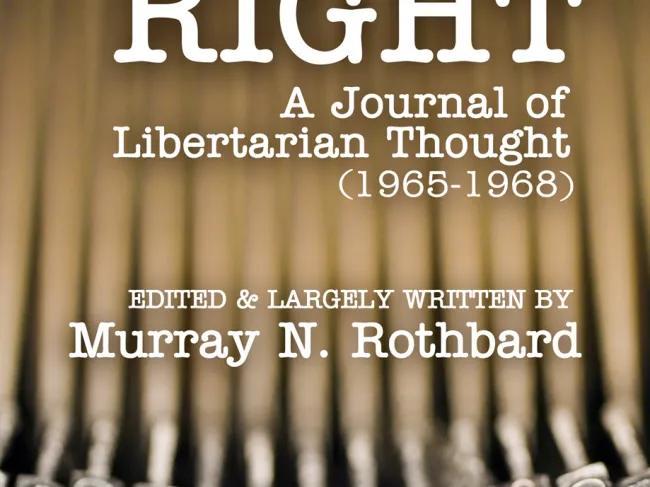Confining our attention to large scale slavery, we find that it is historically quite a rare phenomenon. There seem to be only two significant examples: the Greek-Roman classical world and the system which grew up on the East Coast of the Americas from Brazil to Virginia. This is in spite of the fact that slavery has been a minor feature in very many places and times. The legal and social institutions for slavery have been quite common historically, but only twice have they been utilized on a major scale for a significant period of time. This sharp limitation on large scare slavery would seem to indicate that there are natural economic forces tending to prevent or eliminate it, and that the two major examples are cases where some special circumstance permitted the development of an institution which under normal conditions would be non-viable. It will be one of the objects of this essay to indicate that this is in fact the case.
The Economics of Slavery

Downloads
CITE THIS ARTICLE
Tullock, Gordon. "The Economics of Slavery" Left and Right 3, No. 2 (Spring-Summer 1967): 5-16.
All Rights Reserved ©
